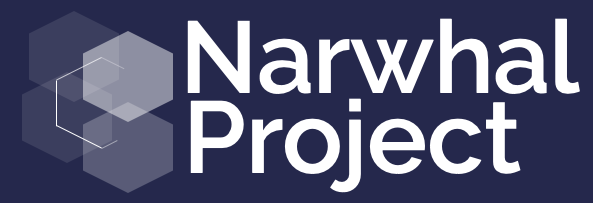Recently, we have been trying to figure out what success means for an accelerator. We understand success from a company perspective but what is success for an accelerator? Does it mean the total value created, amounts raised by participants, employment, number of Unicorns, IPOs, exits? Lots of accelerators report on how much their companies have raised (most often in aggregate), how high their valuations are or how many employees their participants now have. Aggregate ranking data, while interesting, favours those accelerators with lots and lots of participants. It says a lot about quantity but not about quality. We wanted instead to measure quality and that’s where we had to get creative.
First, we had to figure out whose perspective we should use to measure success? I think that last question is important as we have decided that the perspective that matters most is that of the participant, the entrepreneur, who places their trust in us to help accelerate their growth. We’ve looked at lots of different measures and decided to test them against other accelerators. What we did was look at the results of all participants of the largest accelerators in Canada and the US to see what we could learn. And of course, since we love sharing data, we decided to create a list of the best accelerators.
Our rankings are based on capital raised post accelerator involvement. This may be seen as a gigantic value judgement as to the purpose of accelerators but the idea behind an accelerator is to accelerate growth and a company needs capital to be able to do that. And if it isn’t capital, then why are accelerators always touting the amount raised by their participants and the value created? So yes, big value judgment but I’ll encourage anyone else come up with a different methodology and we can compare them.
To rank accelerators, we checked Crunchbase for all Canadian based accelerators, incubators, entrepreneurship programs and university programs. We got our data in the summer of 2021 and while recent, it may not be complete. If it isn’t, I would encourage these organizations to keep their data updated. To be included in the ranking, an accelerator had to have made 15 or more investments and have 10 or more companies that had received total investment of greater than $250,000. For the US, we just took the 20 largest. What we measured was as follows:
The first step in raising capital is getting a pre-seed or seed round and this measurement looks at what percentage of firms actually go on to raise such a round. We decided that a firm graduates from the accelerator if they raise over $250,000 of capital. This level removes money invested by the accelerator and shows that some party other than the accelerator itself saw merit in what the company was doing.
It was actually quite surprising to find that the average graduation rate was only 42%. There is a large range of results with accelerators such as MEDTEQ+ scoring a 70% graduation rate
- Median Financial Velocity
We use financial velocity as one of the measures in the Narwhal List and we’re used it here as well. It measures the speed of raising money and there is a correlation between financial velocity and growth. We chose the median level as it doesn’t distort results in the case that one firm has raised a significant amount of funding. Only those firms that raised above $250 thousand were counted in this metric.
The median accelerator participant raised $2.1 million and the best of these was Extreme Venture Partners where the median investment raised was $4.5 million. The median financial velocity was 0.37 meaning that the median firm raised $370 thousand a year since its inception. The best was UTEST with a median financial velocity of 0.9.
- Percentage High Velocity
Finally, we calculated the percentage of superstars that came out of the program. To measure that, we calculated the percentage of firms that had gone on to record a financial velocity above 10. This means that the firm has raised more than an average of $10 million a year since inception. This is the level at which firms need to perform if they want to become Unicorns or have an IPO in the US.
Of the 1,032 firms with more than $250 thousand of capital, 32 had a financial velocity of more than 10. This is actually a fairly good result given that it takes a 100 investments to create a Unicorn. CDL had by far the biggest number of super performers at 11.
You can see the results here: https://narwhalproject.org/ranking-accelerators/
